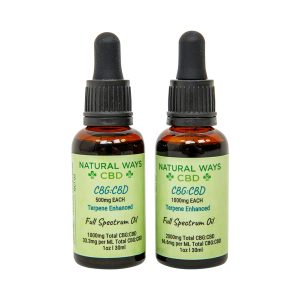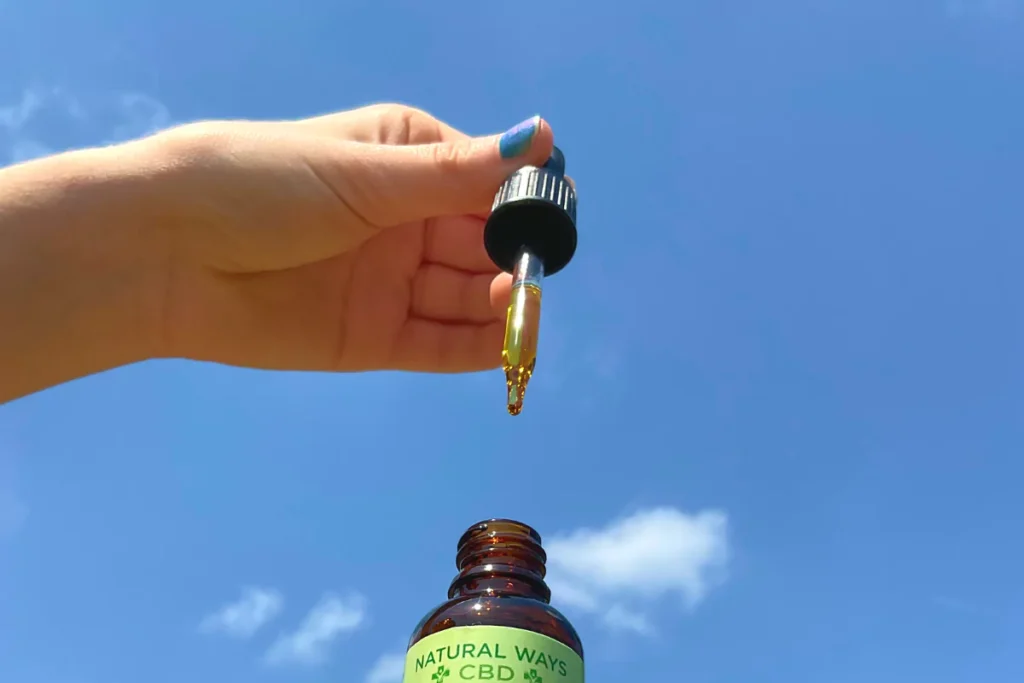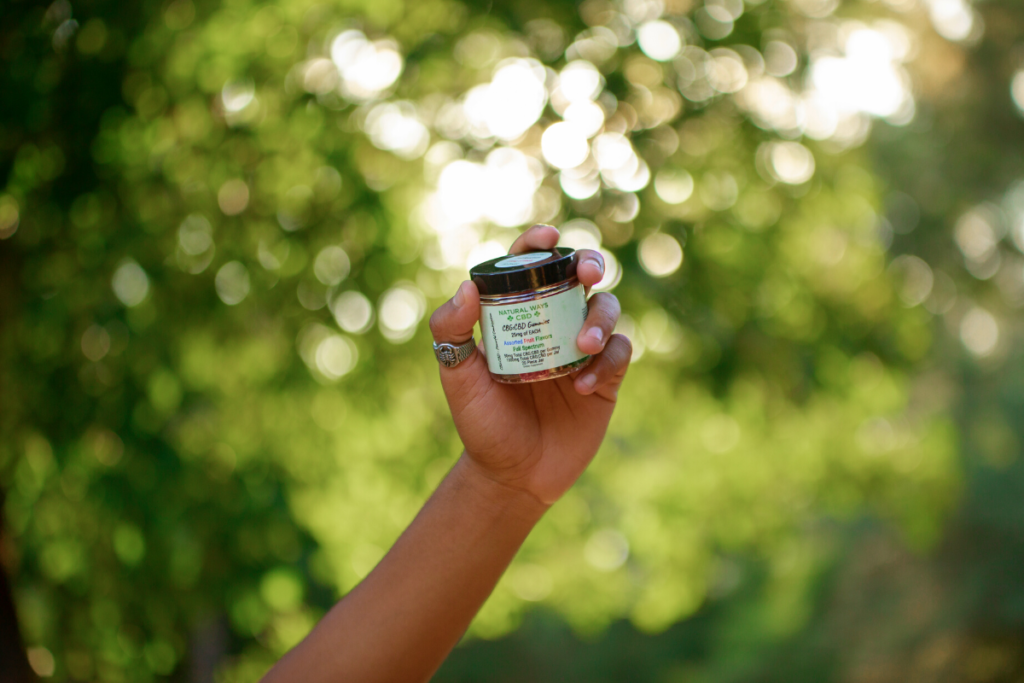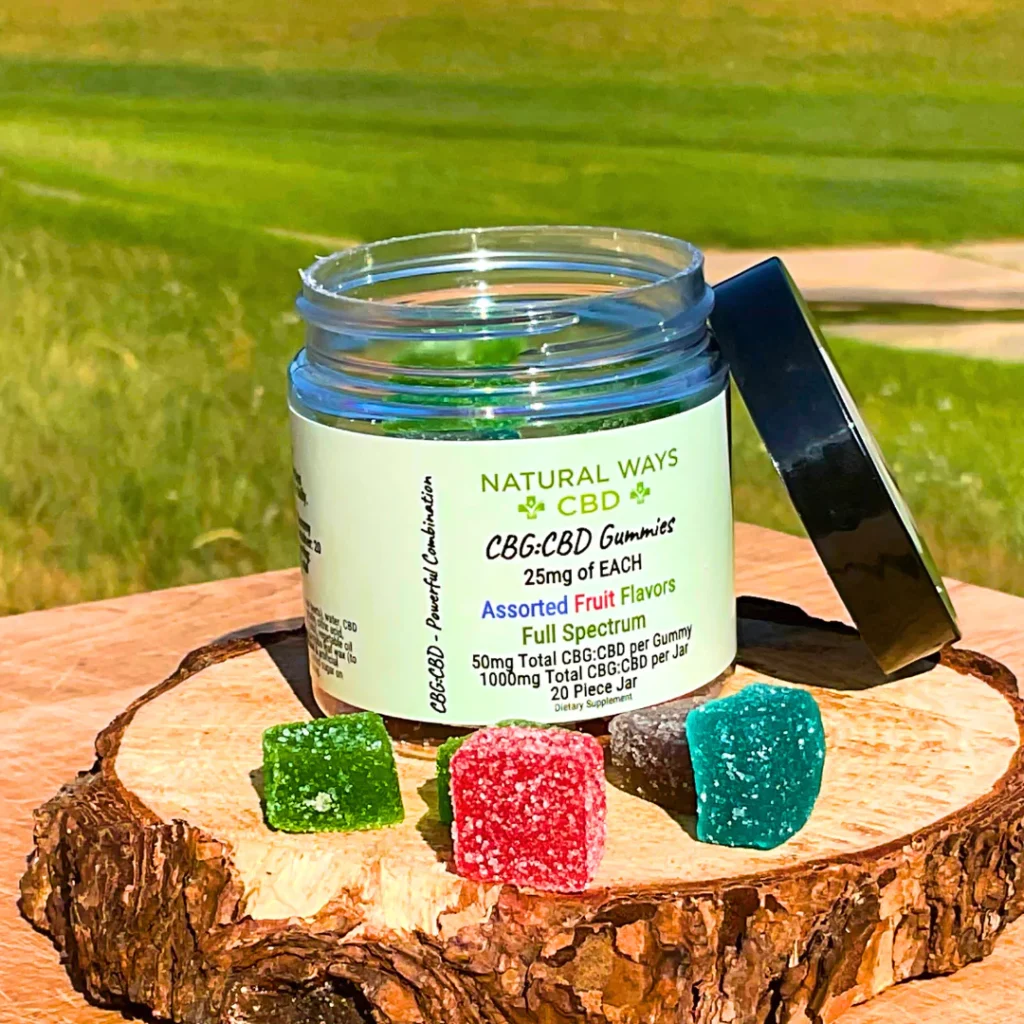Migraines are difficult, and the things you have to do to cope with them are often no easier. Employing techniques such as resting in a quiet, dark room, trying to sleep, or applying a cool cloth to your head becomes almost impossible if you’re at work, on the road, or otherwise not at home.
If you’re on the lookout for a more convenient solution, then, you’ve probably been exploring hemp-derived cannabinoids – specifically, CBG (cannabigerol).
Research suggests CBG may offer therapeutic potential for pain and inflammation, and there’s even been a bit of research done on using it for migraines.
In this article, we’ll explore that research and discuss how CBG can help with migraines. We’ll also talk about how it works, how it compares to CBD for this purpose, and how to use it.
What is CBG?
Cannabigerol, or CBG, is a naturally-occurring cannabinoid in the hemp plant. Unlike CBD and THC, it’s considered a “minor” cannabinoid, as it’s only found in very small amounts.
Though it’s minor in abundance, CBG has major therapeutic benefits. It’s been researched for pain, inflammation, anxiety, and many other conditions, and many people swear by it for these uses and others.
Can CBG Help With Migraines? What Research Says
There is a bit of research on CBG for migraines, as well as studies more generally showing it may help with pain and inflammation (including migraine pain).
Research on CBG for Migraines & Pain
One study examined how well a blend of CBG and CBD (cannabidiol) works for neurological diseases, including migraine. Researchers concluded that CBG and CBD may be viable neuroprotective agents.
Other research suggests that CBG has anti-inflammatory and analgesic (pain-relieving) properties, both of which may directly help with discomfort from migraines.
Research on Medical Cannabis for Migraines
Although not specific to CBG, there is plenty of research on the use of medical cannabis for migraines. The cannabis plant, which contains over 100 cannabinoids, is widely thought by scientists to render pain relief.
Specific cannabinoids to which these benefits are often attributed are CBG, CBN, THC, and CBD – in other words, these cannabinoids may be largely responsible for the beneficial effects of the cannabis (called “hemp” when it contains below 0.3% THC) plant on physical discomfort.
A review of 12 studies, which involved a collective 1,980 participants, found that medical cannabis “significantly reduced nausea and vomiting associated with migraine attacks after 6 months of use.”
The study also found that medical cannabis with 51% more effective at reducing migraines that non-cannabis products. The side effects weren’t too severe, either, with less than half of patients reporting adverse effects.
Of course, these results aren’t attributable to CBG alone – cannabinoids work best when you use them in combination. However, given that some researchers have shown CBG to have analgesic and anti-inflammatory effects, it’s clear that it contributes to the benefits of the cannabis plant as a whole for migraines.
Research on CBG for Anxiety
Migraine is caused by things that go beyond mental health. However, stress and anxiety are common triggers for these painful headaches. Reducing these negative mental states, then, may reduce the number and intensity of migraines you experience.
Research suggests that CBG, especially when combined with CBD, has therapeutic potential for anxiety. CBG promotes uplifting, clarifying effects, but it won’t get you high.
Anecdotal Evidence on CBG for Migraines
There is also a lot of anecdotal evidence, or first-hand reports, from CBG users who have found it helpful for migraines. People often use it as a preventative, as well as use it during the actual bouts of migraine.
Many people refer to CBG as a “miracle cure” due to its powerful, yet non-inebriating, effects.
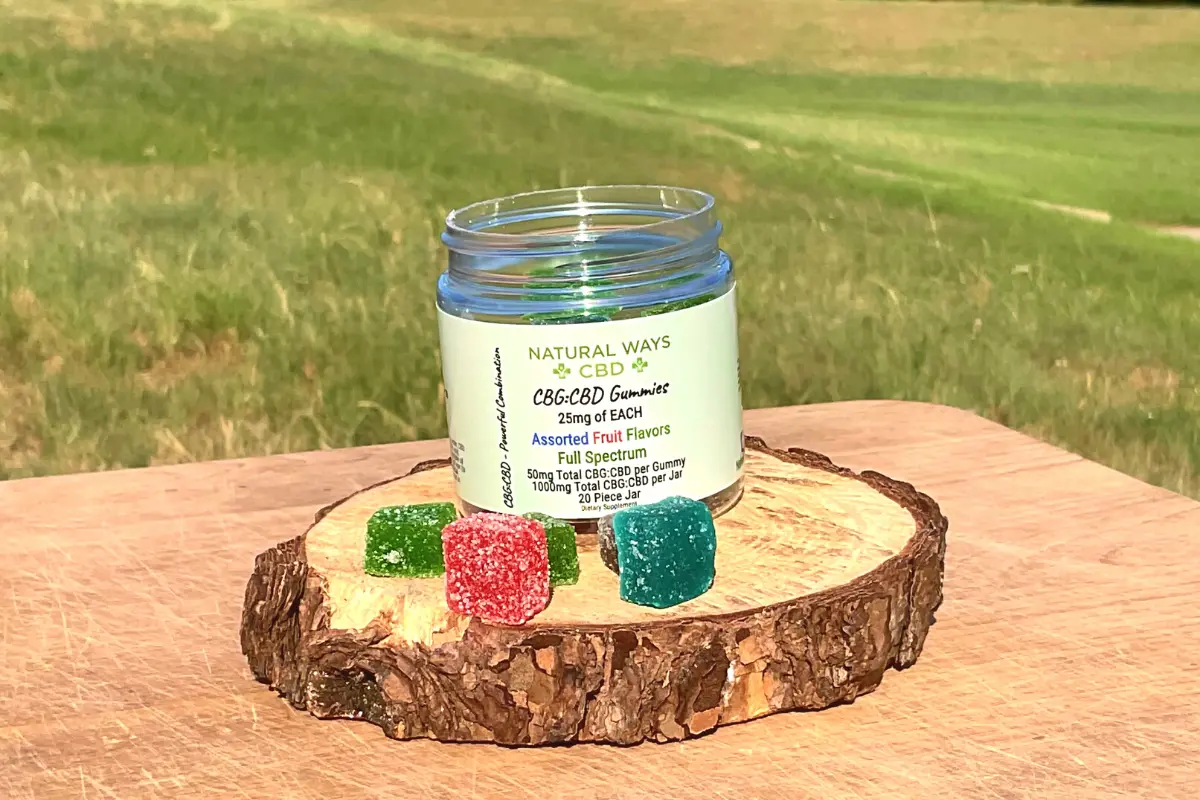
How CBG Works In Your Body
CBG, as with many other cannabinoids, works via your body’s endocannabinoid system (ECS).
The ECS is a receptor system responsible for regulating your vital functions, including your pain and inflammatory responses.
The ultimate purpose of the ECS is to keep your body and mind in a state of homeostasis, or balance. Healthy ECS function is associated with normal states of mental and physical wellness.
There are two main types of receptors in your ECS that cannabinoids interact with:
- CB1 receptors, which, when stimulated, render mental, or “head” effects
- CB2 receptors, which, when stimulated, render physical, or “body” effects
CBG binds to both types of receptors, which allows it to render mental and physical relaxation – unlike THC, it’s able to render uplifting, energizing effects without compromising your cognitive functioning.
CBG vs. CBD for Migraines
CBD (cannabidiol) is another vastly beneficial, naturally occurring hemp cannabinoid. Like CBG, it has potential benefits for pain and inflammation, as well as other benefits that CBG doesn’t have.
Anecdotal evidence suggests that CBG may be slightly more effective than CBD for migraines. This is due to the nature of the effects that each cannabinoid brings. Whereas CBD is very subtle, and you won’t really “feel” it working (it works by reducing the negative, rather than adding the positive), CBG renders very noticeable calming effects.
When you’re in the middle of a painful migraine, you need something that you can feel working – that’s capable of addressing the discomfort while also promoting mental relaxation. That’s where CBG shines.
CBD may still be beneficial. It promotes full-body homeostasis, so it may be more useful for maintaining normal health states and preventing issues than stopping them in their tracks.
It’s also true that CBG and CBD both work much better when taken in combination. And this doesn’t mean you have to take more cannabinoids; 5mg of CBG and 5mg of CBD is better than 10mg of either CBG or CBD.
The reason for this is that CBG and CBD work differently and have unique benefits; using them together gives you the best of both worlds. CBG is more energizing, while CBD is more uplifting; taking them in combination helps to render a more balanced mental effect.

How to Use CBG for Migraines
When deciding which type of CBG product to use for migraines, we recommend thinking about onset time, or the time it takes for a product to begin working.
The onset time you want depends on whether you plan to use CBG in anticipation of a migraine, or while one is happening.
That said, here’s a breakdown of the main CBG consumption methods, along with onset time information:
- CBG Oil – CBG oil consists of hemp extract and carrier oil. Oils are taken under the tongue and absorbed into the blood vessels in the mouth, rather than swallowed. This gives them a quick onset; CBG oil begins working in just 10-15 minutes. Another benefit of oil products is that allow very precise dosing.
- CBG Edibles – CBG edibles, such as gummies, offer a fixed-dose consumption method. Because of this, they’re best if you plan to take the same amount of CBG each time. However, since they have to be digested, edibles won’t begin rendering effects for 45 minutes to 1 hour.
- CBG Capsules – CBG capsules offer an alternative to edibles. They’re quick, tasteless, and begin working in 45 minutes to 1 hour.
- CBG Inhalables – CBG flower and vape products are available online and at some CBD stores and dispensaries. Although inhaling CBG comes with the obvious health downside, flower and vapes begin working in just 5-10 minutes, as they deliver CBG directly to your lungs.
CBG Dosage for Migraines
Whether you’re taking CBG to promote normal, healthy mental states, or you’re using it in the middle of a migraine, you’ll want to take a medium-strength dose.
You can calculate your dose with this formula:
(0.3) x (your body weight in lbs.) = your daily CBG dosage in mg.
This provides a starting benchmark. No plan survives the real world – once you’ve used your dose, adjust it up or down depending on how it’s working.
Additionally, if you’re using CBG for migraine prevention, consider splitting your dose up into many smaller doses and taking them throughout the day.
Conclusion: A Natural Supplement for Migraines?
Many people, including many of our customers, claim that CBG is a silver bullet for migraines. Some have even said that it’s changed their life.
It’s always wonderful to see these results, but it’s important to know that it won’t work the same for everyone – and more research needs to be done to determine how reliable CBG is for migraines and other purposes.
That being said, CBG seems to render many benefits (in varying degrees) so it’s likely that it can help you, too.
CBG for Migraines: Frequently Asked Questions
Here are some questions our customers frequently ask us about CBG for migraines.
Is CBG good for migraine?
Research and anecdotal evidence suggest that CBG offers neuroprotective benefits, and that it may help with pain from migraine headaches. However, more clinical research is needed.
Is CBD or CBG better for pain relief?
Although CBD promotes mental relaxation and calming, CBG may be more effective for migraines since it creates noticeably uplifting, energizing effects in addition to addressing discomfort.
What is CBG best used for?
CBG has a load of benefits, but it’s most effective at promoting mental and physical relaxation for people dealing with inflammation, pain, and anxiety.





